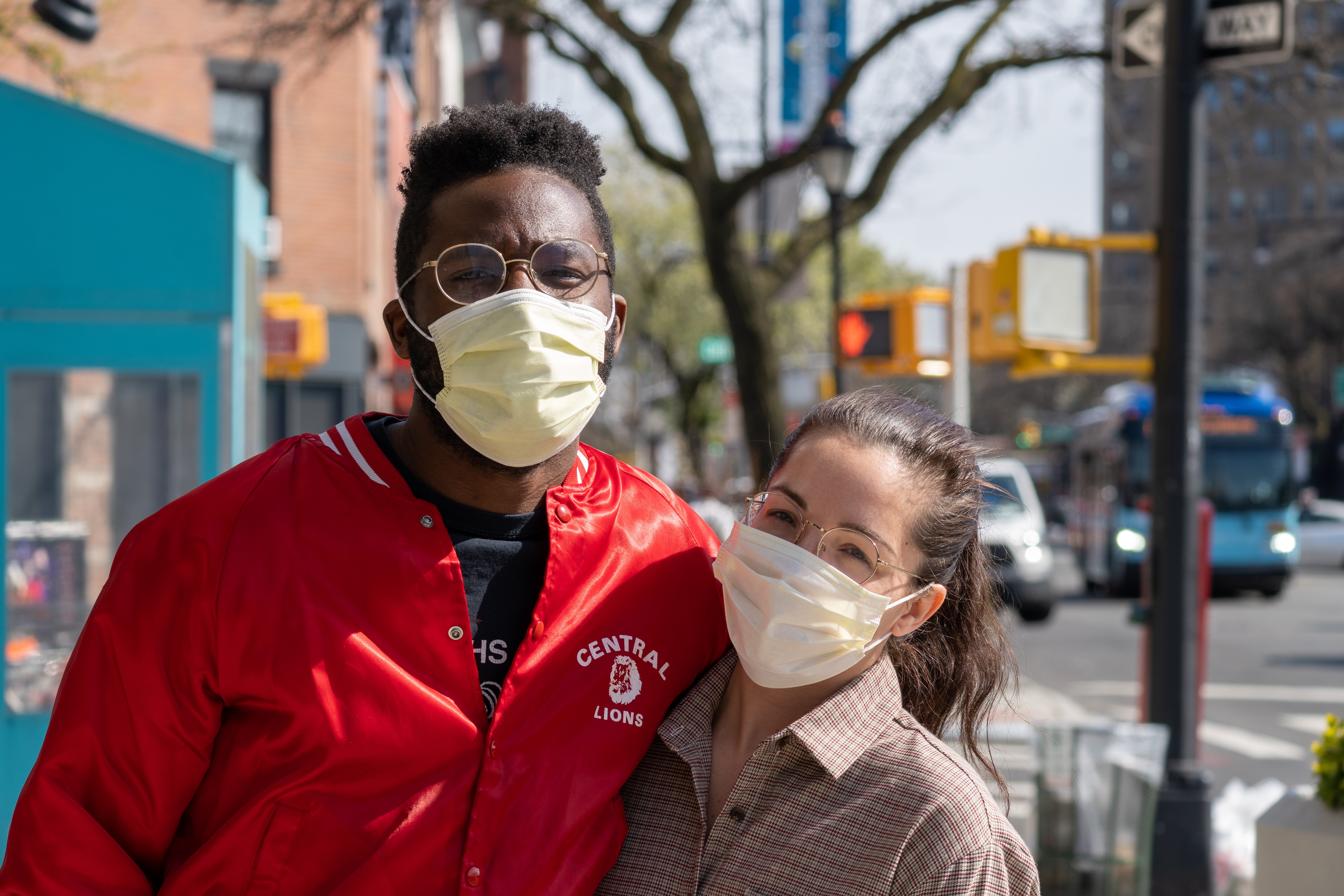We have a loneliness crisis in America—and this was true well before the COVID-19 pandemic forced all of us to change the way we connect to each other.
My colleagues in higher learning and academia are making tough decisions right now, hoping to simultaneously protect students’ health and educational needs. There are few “good choices” and many risks for those returning to campus this fall, whether in virtual, hybrid, or in-person models.
But to leave the ever-present and growing threat of loneliness and social isolation out of our considerations would be to commit a grave oversight.
Loneliness can translate into long-term health effects. Our research shows that lacking social connections, whether it be through social isolation, loneliness, or poor-quality relationships, can increase risk of premature mortality from all causes.
Researchers have dug into why.
We found that our relationships can indeed encourage us to eat better, exercise, or quit smoking. What’s more, beyond the effect that social influence has on people’s health behaviors, the existence of the connections themselves can be good for health. Unfortunately, the reverse is also true; insufficient (few, infrequent, poor quality) social connections have a negative impact on health.
Put simply: lacking social connections is as risky to our health as smoking up to 15 cigarettes a day.
The short-term impact of loneliness can be just as devastating. For college students, loneliness is a significant contributing factor to premature student dropout, poor mental health and substance abuse. Then there’s the scope: a recent survey by the insurer Cigna found that 79% of Gen Z youth in the U.S. report experiencing at least one of the key clinical indicators of loneliness.
The topic of loneliness among college students has become even more pointed as we struggle to cope with the COVID-19 pandemic. New data from an Active Minds survey of 2,086 college students show students are finding it difficult to cope during the pandemic, with 63% reporting challenges in staying connected with others. According to student respondents, two of the most important actions leaders can take are increasing investments in both counseling and opportunities for social connection. Students are advocating for their social and mental health needs, and we must rise to meet them.
To face the challenges ahead, students must have the skills and the support that will enable them to do so effectively.
That’s why I encourage university leaders to ensure that addressing loneliness is part of any “back to school” plan. With data provided by 39 of the largest U.S. public universities showing that some campuses have a single counselor for every 4,000 students, it’s clear that we need to get creative with multimodal ways of helping students cope with social isolation.
Technology isn’t the entire solution, but it can and should be part of the solution. There are many mental health apps and telehealth solutions, but it’s important to consider the evidence behind them. Some have been rigorously tested while others have not. Peer Tree developed in Australia, and the Nod App created by Hopelab and Grit Digital Health are smartphone apps developed in collaboration with scientists to focus on the psychological and behavioral underpinnings of loneliness. Both are resources specifically created to address loneliness and have shown promising efficacy, and Nod is currently in a clinical trial with college students. Some universities will be offering telehealth counseling services, a virtual student union, and virtual social activities. A multi-method approach may be needed to meet student needs.
In some respects, this school year is an opportunity to test new ways to support student health and well-being that could yield valuable lessons for the long-term.
Regardless of the specific approach, students need to know and believe that their university cares about them fully—and that means having a plan for their academic, physical, and social well-being.


